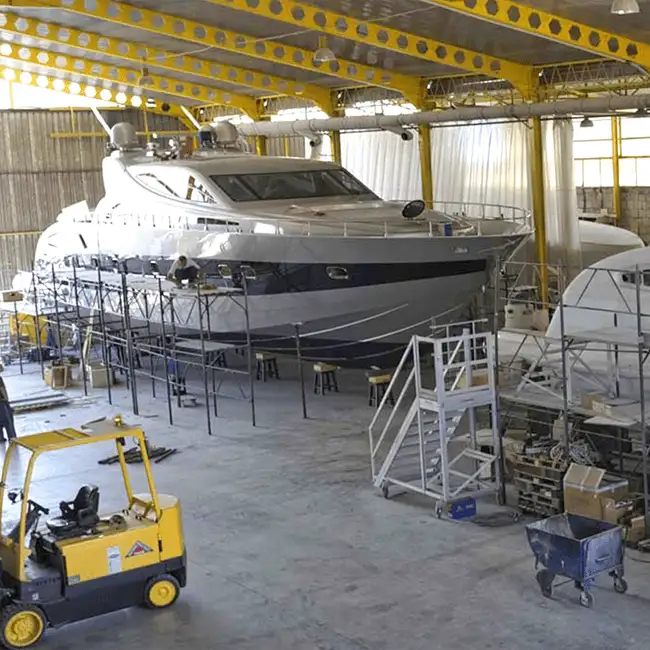

Not many things escape the wrath of saltwater, and casters are no exception. A caster and salt water are a challenging mix because a caster has many moving parts. And the last thing you want to enter the picture is corrosion. The caster’s swivel section, wheel bearings, and all the exposed metal parts are areas where you must choose carefully.
When choosing your wheel, consider both the core material and the polyurethane you select. Cast iron cores rust very quickly when used in or near saltwater. For this reason, aluminum is your best bet for the wheel core. You can also use a metal core encapsulated by polyurethane.
When choosing polyurethane, MDI and TDI are the two main diisocyanates used in its production. Of the two, TDIs do better in saltwater applications. TDI will hold its form at higher temperatures and has a better bounce-back rate from compression.
You should use a stainless-steel bearing. Another option is a roller bearing or tapered bearing utilizing a special marine-grade grease.
316 stainless steel is the ideal metal to use when in saltwater applications, offering improved corrosion resistance. The downside is that it is costly. Nickel plating will hold up the best next to stainless steel.
Powder coating the rig is another viable option. The only downside is when the powder coating chips, which allows salt water to infiltrate behind it and break down the steel. Zinc-plated casters are a much cheaper option. However, these types of casters won’t last long in saltwater environments.
Questions? Call the solutions specialists at 888-781-3379.